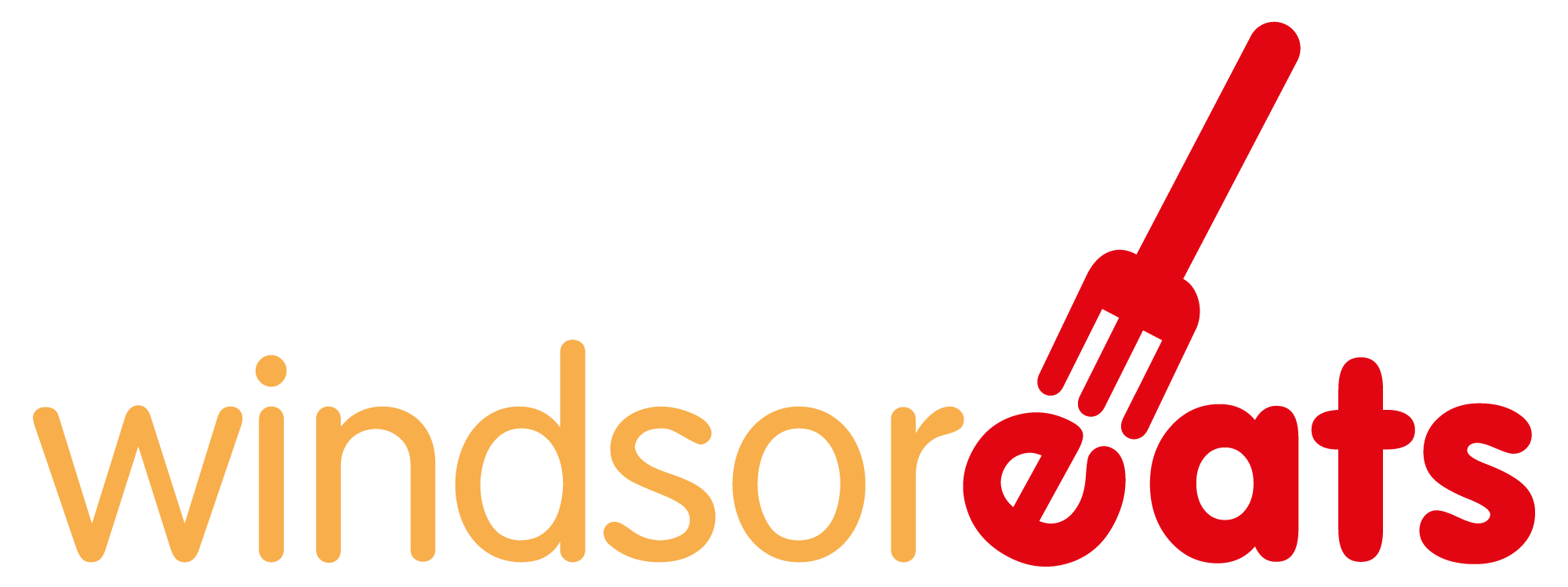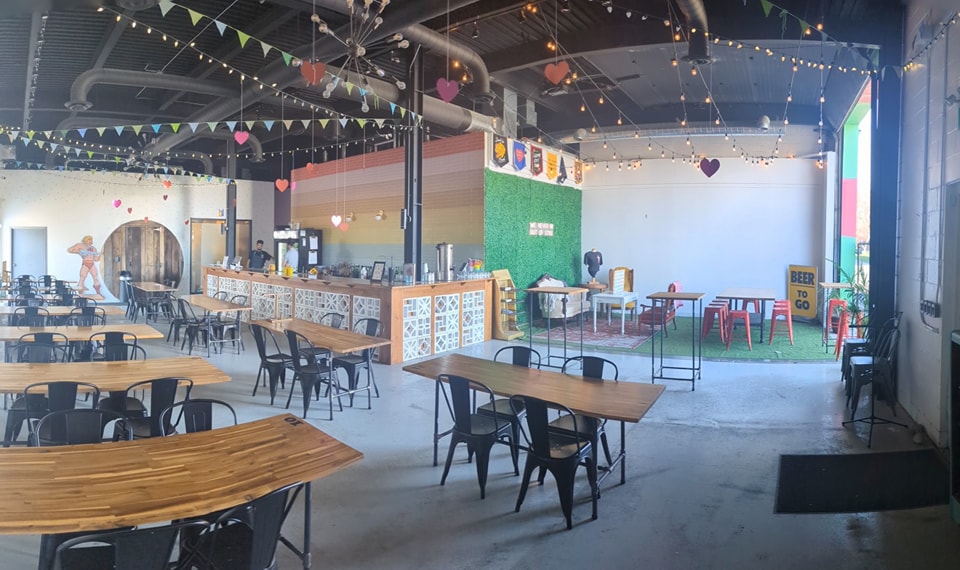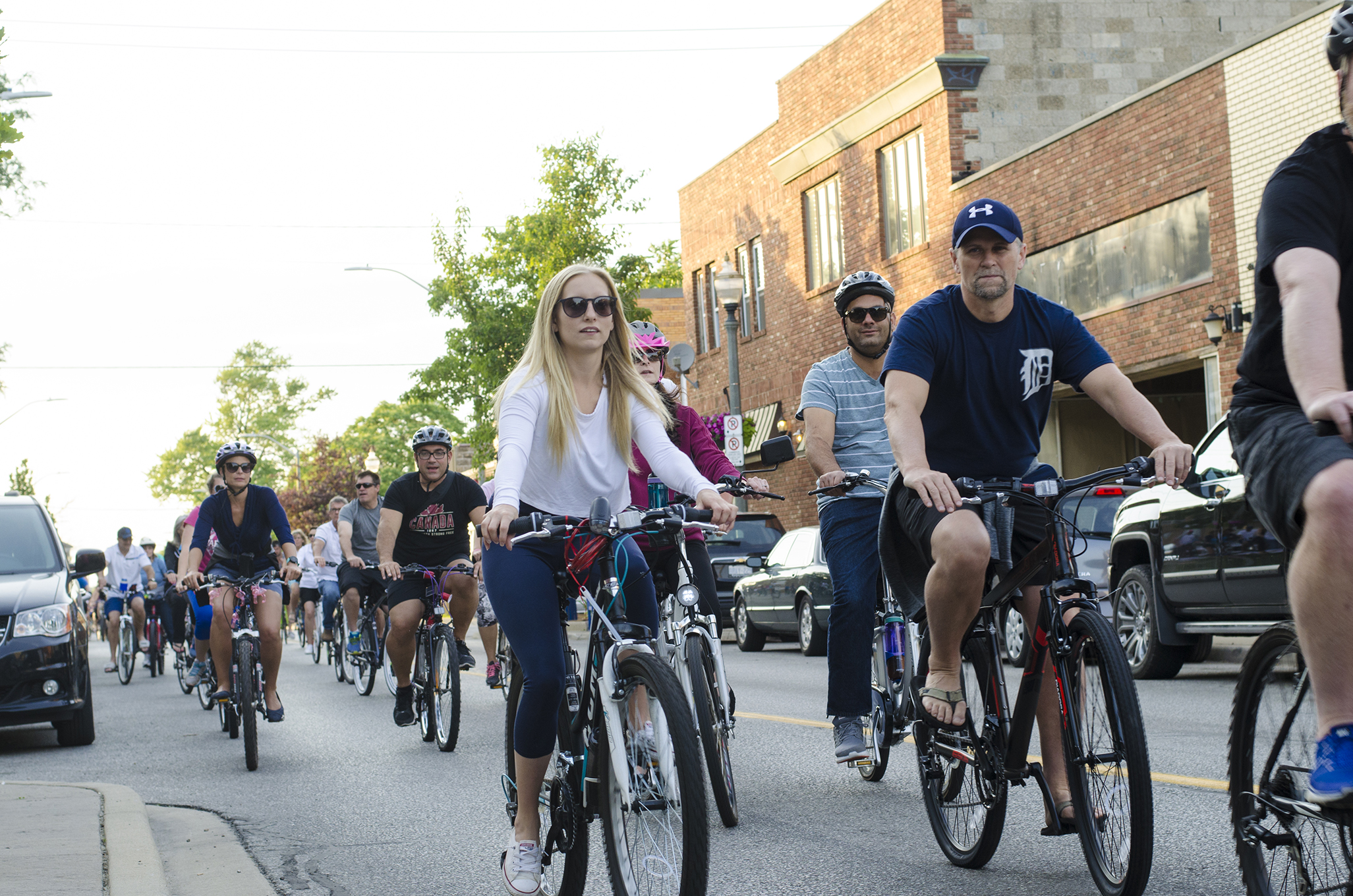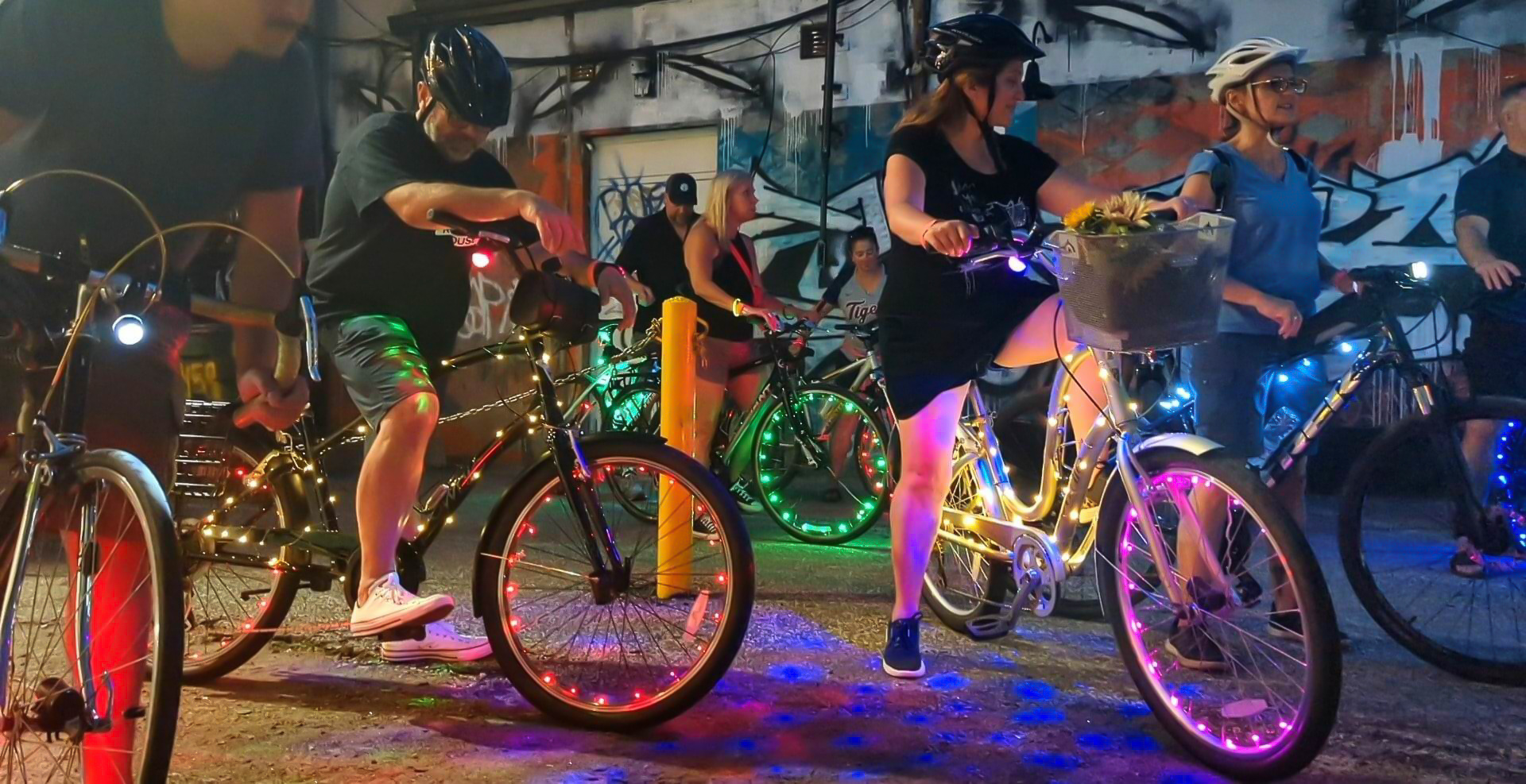Five hundred billion cups of coffee are consumed around the world each year. Every morning millions of people sit in cafes or roll past drive-thrus enjoying their daily cup of java while some coffee farmers work in plantations across the world receive just two cents for each $2 cup. They work in fields doused with pesticides and live in squalor while corporations such as Nestle and Nabob make billions a year.

Our choice in what we drink presents more ethical choices than many people know or care to think about. I admit it. I’m a coffee junkie. Yet, I never thought about where what I drank came from, or who grew the beans that were roasted and ground to make my espresso every morning.
But word is spreading. Each year more people are gaining an increased awareness about their purchases and buying fairly traded products. In 2005, fair trade coffee sales at Ten Thousand Villages, located at 3225 Sandwich Street in Windsor, were $9,500. In 2006 they rose to $17,000.
“When we first opened, people bought the fair trade coffee and I worried about it going stale,” says Donna Longmoore, supervisor of Ten Thousand Villages. “But I don’t have that problem anymore; I have problems keeping it on the shelf. People who have bought it keep coming back and they tell their friends and they come in and try it.”
Companies such as Ten Thousand Villages, which sell and promote products made by indigenous people in poorer countries, ensure that artisans are being paid fair wages for the products they produce.
“The whole theme of Ten Thousand Villages is to support people who are the poorest among the poor and who would not otherwise have a decent income,” says Longmoore.
Although it’s not that easy to find a fairly traded cup o’ joe around Windsor, the number of cafes and grocers that offer this conscious minded beverage are on the rise. Aside from coffee shops such as Starbucks and grocery chains like Zehrs, Taloola Cafe serves the fair trade brew to their customers. While Far Flung Foods in Market Square (Walker and Ottawa) and Colonial Coffee, 3115 Marentette, offer beans to enjoy at home.
According to the Global Exchange, an international human rights organization that promotes social, economic and environmental justice around the world, the U.S. consumes 1/5 of the world’s coffee, making it the largest consumer of coffee in the world.
On a global scale, more than 2 billion cups are drunk every day. In Canada, the growing number of coffee shops that feature specialty coffees has helped fuel the increase in coffee consumption. In 2000, according to Stats Canada, Canadians drank just over 101 litres of coffee each. That’s up from 99 litres in 1999 and 96 litres in 1990. As the number one choice in beverage, we drink an average of 2.6 cups a day. Yet only 11 per cent of us have an awareness of fair trade coffee.
To understand fair trade, you need to understand coffee. Not many people know it is the largest traded commodity in the world. Yes, it even out-trades oil. Four companies, which determine the market price, control the entire industry: Kraft, Nestle, Proctor and Gamble and Sara Lee.

There are three main approaches to sustainable coffees:
- organic
- fair trade
- shade grown
Farmers are paid a premium if their beans maintain a high quality and fall into any of the three methods.
Organic coffees ensure that the land isn’t being doused with chemicals. Pesticides and fertilizers, which are not only destructive to the soil but also harmful to the farmers, are strictly prohibited. Growing the beans organically helps to promote a clean environment for the workers and indigenous peoples that work the fields.
When you pick up a package of fairly traded product, the black and white Fair Trade symbol is your guarantee that the beans inside the bag have been grown by a cooperative of small producers and that the price those producers are paid reflects the true value of farm labour and is made with the best growing practices in mind.
Coffee that is labelled “shade grown” ensures that the beans are grown in shaded forest that promote biodiversity and are beneficial to wildlife such as birds. These types of settings help preserve the quality of life for the natives of the region.
“Supporting the farmers who grow the coffee beans is important and it’s important to the environment too because it is organic so there’s no pesticides and chemicals, no cutting down trees and removing shelter for birds,” says Longmoore. “Whereas the non-fair trade is primarily made with Robusta beans.”
Buy any generic coffee bean off the shelf and chances are it will be made with Robusta beans. Its ability to grow quickly, cheaply and in the harshest conditions makes the Robusta appealing to mass producers. Large corporations clear cut tracts of land and grow this low quality bean to make a quick buck.
“A great thing about fair trade is if farmers meet certain qualifications, the Fair Trade organization will sign agreements with them,” says Jordan Bartol, coffee master at the Starbucks on Dougall and Cabana. “As long as they maintain a certain standard for their employer they receive payment. The agreement ensures a buyer is found so the farmer gets paid. So the farmer gets paid even if they have had a bad crop that year.”
Millions of people worldwide depend on coffee to make a living, even to survive. In Ethiopia alone, the birthplace of coffee, more than 15 million people depend on coffee for their survival. It produces over 67 per cent of their export revenue; yet, more than seven million people are dependent on food aid every year.
“The coffee industry, on a whole, is a very troubled industry, especially at the moment,” says Bartol. “Most of the countries where coffee is grown, if not all of them, are war torn countries. There’s a lot of social instability. So naturally, they are more prone to be exploited.”

The supply of coffee used to be regulated by the International Coffee Agreement until its collapse in 1989. Since then the price paid to farmers has fallen to a 30 year low. Yet, retail sales from coffee have increased from $30 billion to $80 billion a year.
So how much are the farmers getting paid?
“A lot of the coffee around the world is being sold for $15-30/lb between North America and Europe and the workers are being paid $1/lb for them,” explains Bartol. “Programs like Fair Trade ensure workers are being paid fairly and not being exploited.”
With the environment in the news on an almost daily basis, more people are thinking about the food choices they make. Thinking about where your produce was grown and how it was grown is moving to the forefront of the minds of many.
And corporations are taking notice. Take a walk down any major chain grocer and you’ll find aisles dedicated to natural and organic produce alongside fair trade items such as coffee, tea and chocolate.
Even now, sitting here in a corporate cafe chain, writing an article on fair trade coffee, watching people stream in and out the door, ordering espresso macchiatos and cinnamon dolce lattes, not many realize that by making a simple request, they can make a difference.
“Starbucks buys more fair trade coffee than any other single trade purchaser in the world,” says Bartol. “Customers can come in and request that their coffee be fair trade.”
For many consumers in Windsor, making those choices is just one step. Changing how we buy our coffee is just the beginning. It’s a small change everyone can make in their everyday lives that can make a big change in someone else’s.















